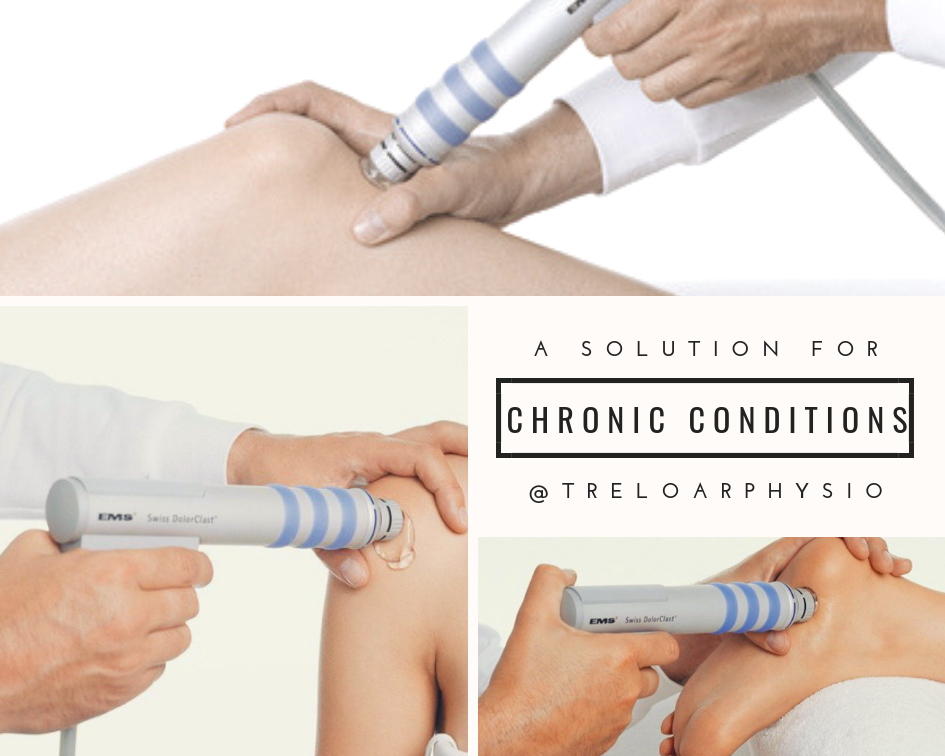Shockwave Therapy: A Solution For Chronic Conditions
Written by Yvonne Lynch – Physiotherapist, Clinical Pilates Instructor
Check this list of injuries to see if Shockwave Therapy could be helping you:
What is shockwave therapy?
Shockwave therapy is a modality which is becoming more popular in the physiotherapy field. The focused sound waves used in shockwave therapy actually evolved from the same type of technology used to break down kidney stones! Although the research for this tool is still evolving there is evidence that it can help with chronic injuries to your connective tissue, for example a tendinopathy (commonly known as tendinitis).
There is evidence to support the use of shockwave therapy to treat:
● Achilles tendinopathy (Rompe et al 2007, Furia et al 2006)
● Patellar tendinopathy (Van der Worp 2014)
● Plantar Fasciitis (Gollwitzer et al 2015, Gerdesmeyer et al 2008, Theodore et al 2002)
● Calcific or non-calcific rotator cuff tendinopathy (Magosch et al 2003, Gerdesmeyer et al 2002)
● Tennis or Golfer’s Elbow (lateral or medial epicondylitis) (Furia et al 2005, Wang et al 2002)
How does it work?
Shockwave therapy delivers low energy sound waves to the injured tissue to stimulate healing. The sound waves trigger a local inflammatory reaction at the site of application which kick starts your body’s own soft tissue healing response and promotes regeneration. Shockwave is also thought to act on pain receptors in the area to decrease your pain.
What does this treatment look like?
Shockwave therapy can be included as part of your regular physiotherapy session. The treatment is applied directly to your skin at the site of injury using a small probe and a cool gel. Although the treatment itself is somewhat uncomfortable, it typically only lasts 3-4 minutes.
You may be a bit sore following shockwave, but this discomfort should resolve within 24 hours. It is recommended that you do not take any anti-inflammatories following treatment to allow your body’s natural inflammatory response to occur.
How many treatments?
For most of these conditions 4-6 treatments are recommended at weekly intervals.
The healing response that is triggered by this treatment follows a longer timeline. Although some people experience pain relief and mobility improvements sooner, don’t expect to see improvements in your condition for 8-12 weeks.



